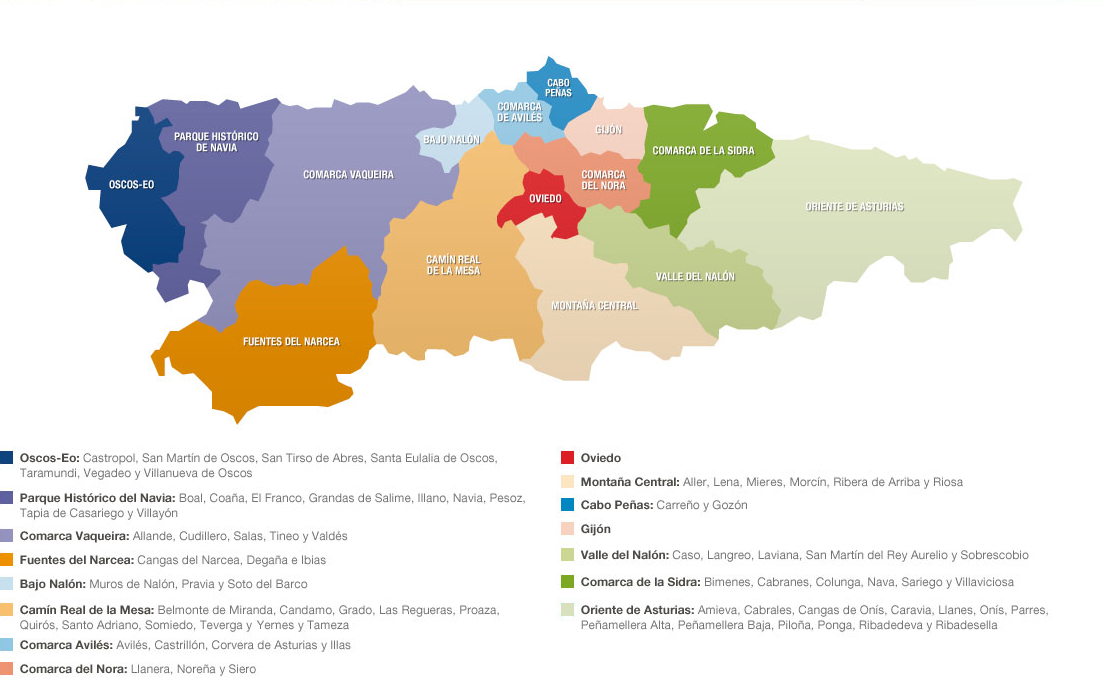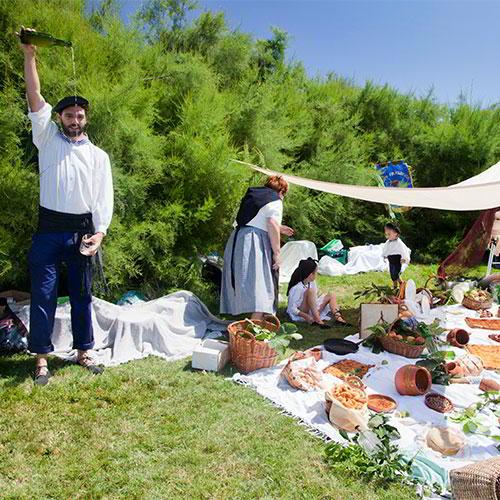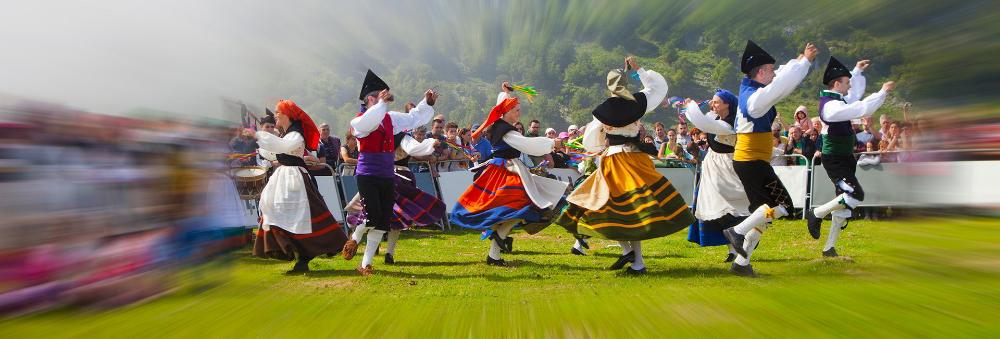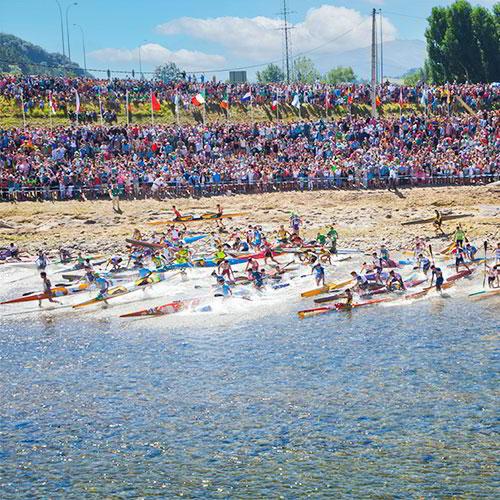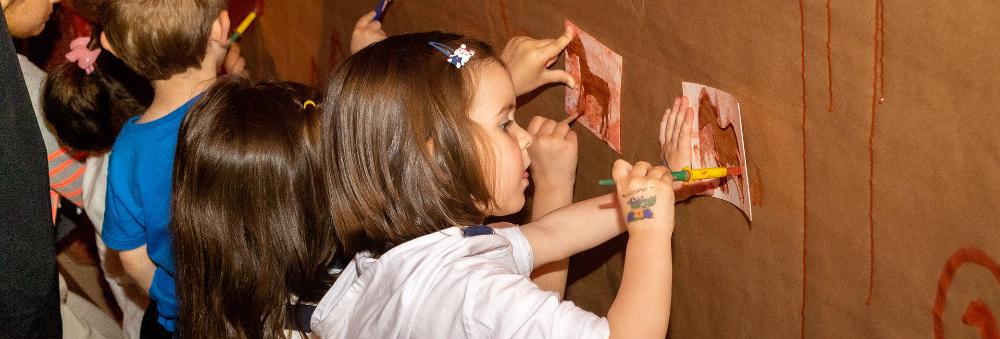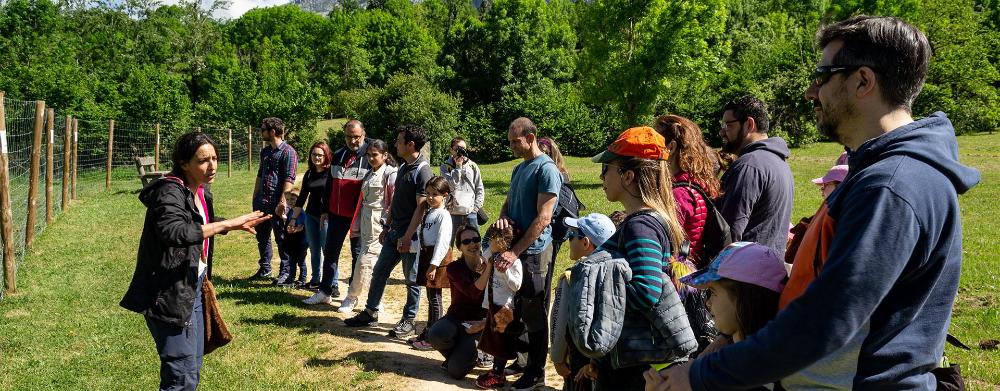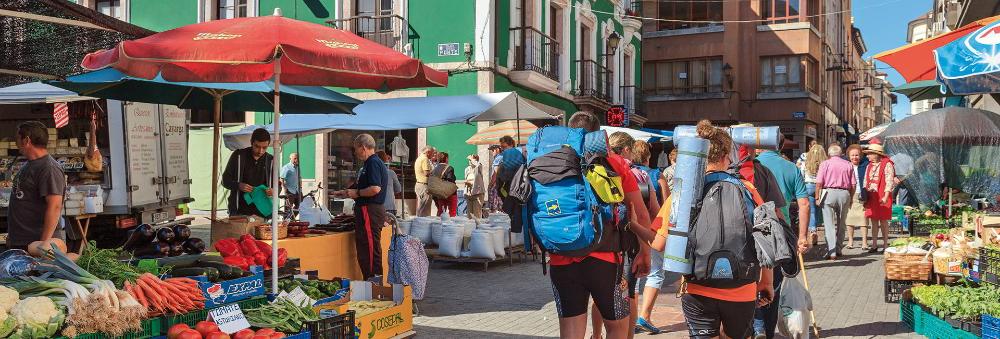Vaqueira Festival. Valdés and Tineo
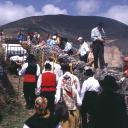
Braña de Aristébano
Valdés y Tineo
The Braña de Aristébano, between the councils of Valdés and Tineo, hosts the Fiesta Vaqueira.
On this day, a wedding is held in accordance with cowboy ritual and custom: the bride and groom arrive on horseback and, in ox-drawn carts, carry the belongings they bring to the marriage, such as the bed (alluding to fertility), the bride's trousseau (showing her family's capacity, her dowry) and the groom's riding gear.
Accompanied by bagpipers and a procession, the wedding is ascended and celebrated; the traditional food (empanada, chosco, lacón, natas) washed down with wine and cider, dancing to the sound of bagpipes, drums and pandeiro, but also the payel.la (an instrument that resembles an iron frying pan with a long tail) and singing vaqueiradas, complete this day.
This is a tribute to the vaqueiro way of life: the segregated, semi-nomadic life (hence the name "vaqueros de alzada"), of transhumant herdsmen marginalised by the xaldos (villagers) and the marnuetos (neighbours of the marina). For months they lived in the brañas or mountain settlements grazing their livestock, returning to the valleys in winter; nowadays there are few vaqueiros who maintain these traditions.
This event has been declared a Festival of Tourist Interest.
